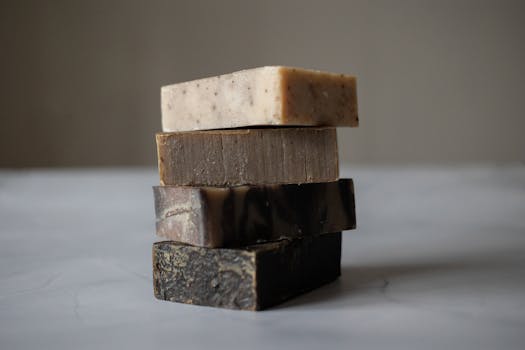Takeaways
- Exercise is a powerful tool for managing anxiety and depression.
- Regular physical activity releases endorphins, improving your mood.
- Finding an enjoyable form of exercise can make a significant difference.
- Consistency is key; even small amounts of exercise can be beneficial.
Why Exercise Matters for Mental Health
Hey there! Let’s dive into a topic that’s super close to my heart: the relationship between exercise and mental health. If you’ve ever felt that heavy cloud of anxiety or the dull ache of depression, you’re not alone. I’ve been there, and I know how tough it can be. But here’s a little secret: exercise can be a fantastic mood booster!
Now, I’m not talking about becoming a fitness fanatic overnight or running marathons (unless that’s your thing!). I’m talking about simple, manageable physical activities that can lift your spirits. So, why does exercise have such a positive impact on our mental state? Let’s break it down.
The Science Behind the Mood-Boosting Effects
First off, let’s get a bit scientific. When you exercise, your body releases endorphins, often referred to as ‘feel-good hormones’. These little guys interact with the receptors in your brain and can reduce the perception of pain while triggering a positive feeling in the body. You know that post-workout glow? Yep, that’s those endorphins kicking in!
But it’s not just about endorphins; regular physical activity can also help regulate your sleep patterns, boost your self-esteem, and provide a sense of accomplishment. Whether it’s a brisk walk, a dance class, or even yoga, moving your body can help clear your mind and improve your mood.
Finding What Works for You
Now, let’s talk about the best part: finding an exercise routine that you actually enjoy! I tried so many different activities before I found what worked for me. From Zumba classes to hiking, it was a journey of trial and error. My big tip? Don’t force yourself into a routine that feels like a chore. You’re much more likely to stick with something that you genuinely enjoy!
For example, if you love being outdoors, why not go for a hike or a bike ride? If you’re more of an indoor person, perhaps some online workout classes or even a fun dance party in your living room could do the trick. The key is to make it fun and engaging!
Start Small and Build Up
It’s totally normal to feel overwhelmed when starting something new. I remember when I first tried to incorporate exercise into my life. I thought I needed to go all out, but that’s just not realistic. Start small! Even a short 10-minute walk can do wonders for your mood.
As you get comfortable, you can gradually increase the intensity or duration. Consistency is what counts. It’s better to commit to a little bit every day than to push yourself too hard and burn out. Celebrate the small victories—those add up over time!
FAQs
Can I really manage anxiety and depression with exercise alone?
While exercise can significantly help manage symptoms, it’s essential to consult with a healthcare professional for a comprehensive treatment plan that may include therapy or medication.
What types of exercise are best for boosting mood?
Any physical activity that you enjoy can be beneficial! Popular options include walking, running, biking, swimming, dancing, and yoga.
How often should I exercise to see improvements?
Even small amounts of exercise can help! Aim for at least 150 minutes of moderate aerobic activity per week, but remember, every little bit counts.
What if I don’t have time to exercise?
It’s all about making the most of what you have. Short bursts of activity, like taking the stairs instead of the elevator or doing a quick workout at home, can fit into a busy schedule.
Can exercise replace therapy for anxiety and depression?
While exercise is a powerful tool, it’s not a substitute for professional therapy or treatment. It can complement these approaches and enhance overall well-being.




